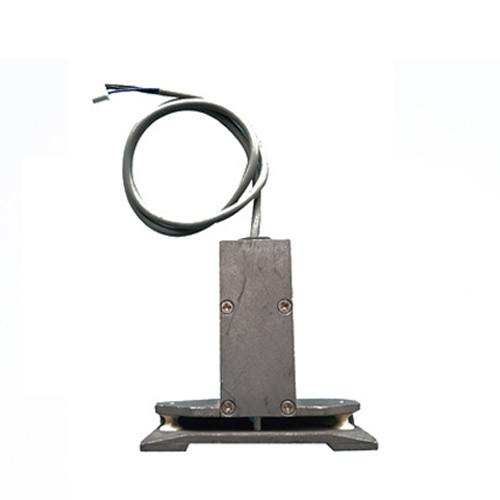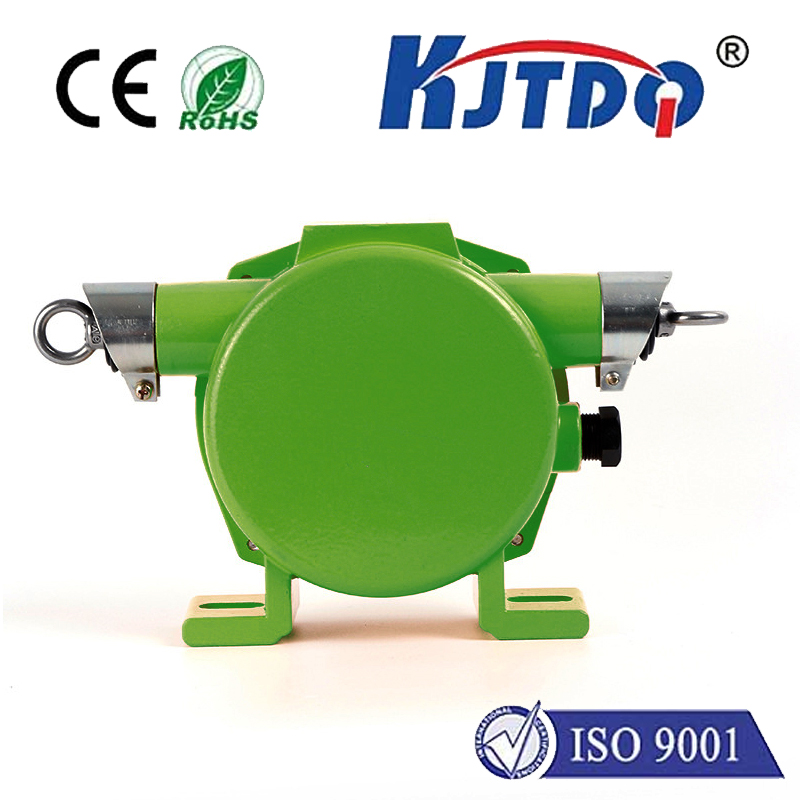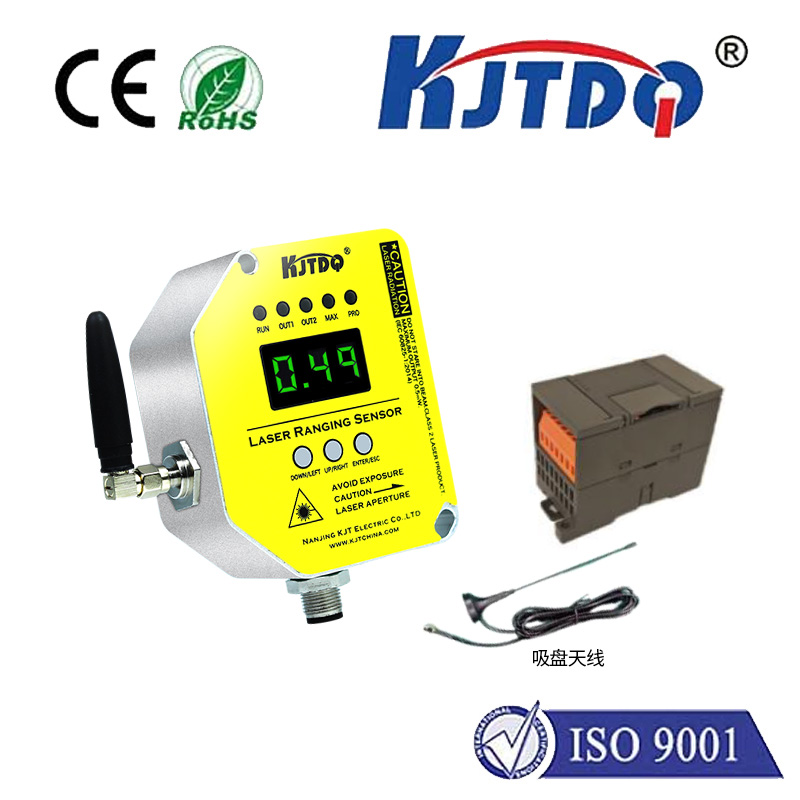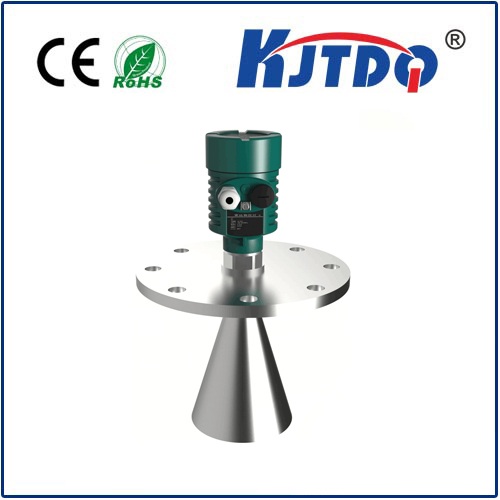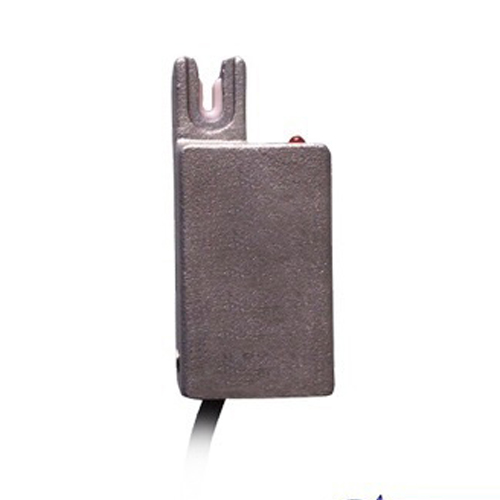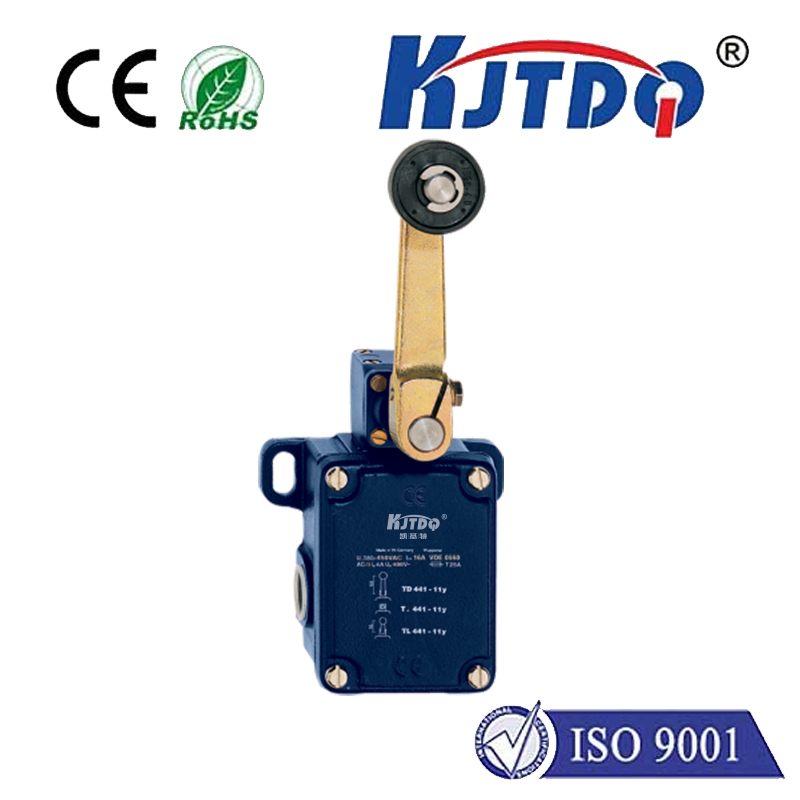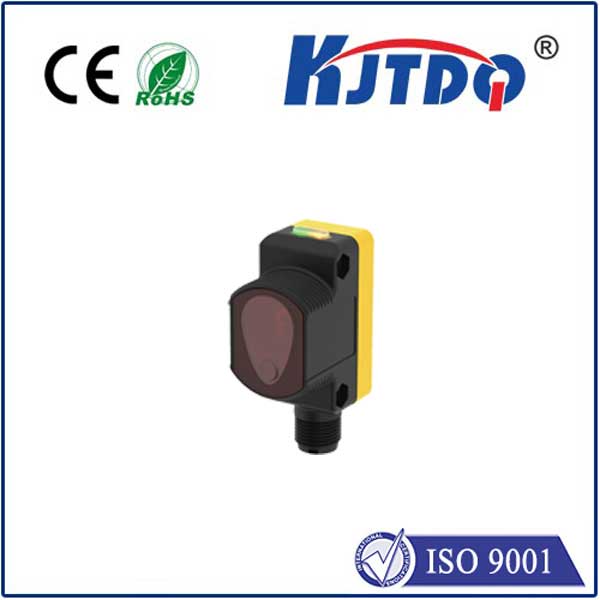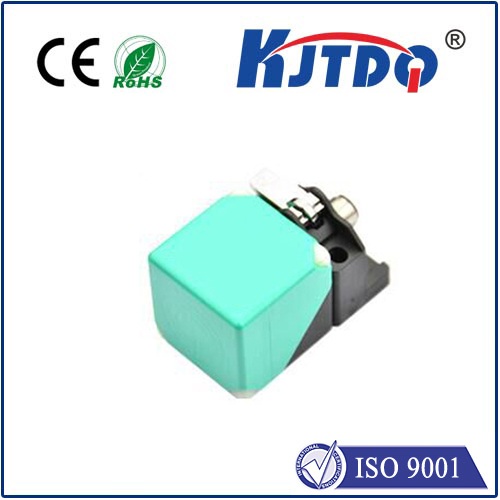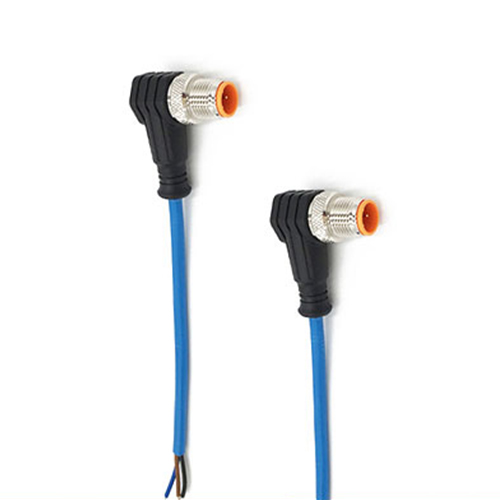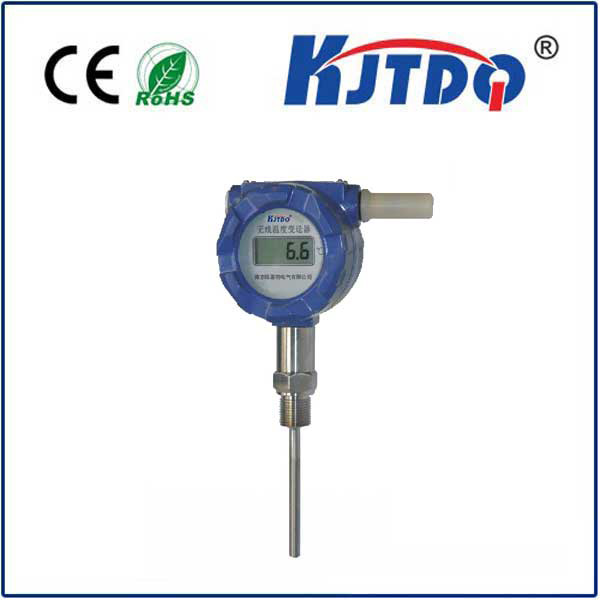

check

check

check

check

check

check

check

check

check

check

Title: The Advantages of Capacitive Proximity Sensors in Modern Technology Capacitive proximity sensors are a type of proximity sensor that use the principle of capacitance to detect the presence of objects. In recent years, they have become increasingly popular in various industries due to their unique advantages over other types of proximity sensors. In this article, we will explore the benefits and applications of capacitive proximity sensors in modern technology. One of the main advantages of capacitive proximity sensors is their ability to operate without physical contact with the object being detected. This makes them ideal for use in environments where contamination or damage to the sensor would be a concern. They are also immune to electromagnetic interference, which makes them suitable for use in areas with high levels of electrical noise. Another benefit of capacitive proximity sensors is their versatility. They can be used to detect a wide range of materials, including metals, plastics, and liquids. This makes them suitable for use in a variety of industries, such as manufacturing, automotive, and food processing. Additionally, they can be designed to have a wide range of detection distances, making them suitable for different applications. In terms of applications, capacitive proximity sensors are commonly used in industrial automation systems to monitor the presence of objects on conveyor belts or in packaging machines. They are also used in security systems, such as door sensors and alarm systems, to detect motion or the presence of an intruder. In the medical field, they are used in respiratory monitors and heart rate monitors to detect changes in capacitance caused by breathing or blood flow. In conclusion, capacitive proximity sensors offer many advantages over traditional proximity sensors, including the ability to operate without physical contact, immunity to electromagnetic interference, and versatility in terms of material detection and application. As technology continues to advance, it is likely that we will see even more innovative uses for these sensors in a variety of industries.
